7 Unique Caves in the World
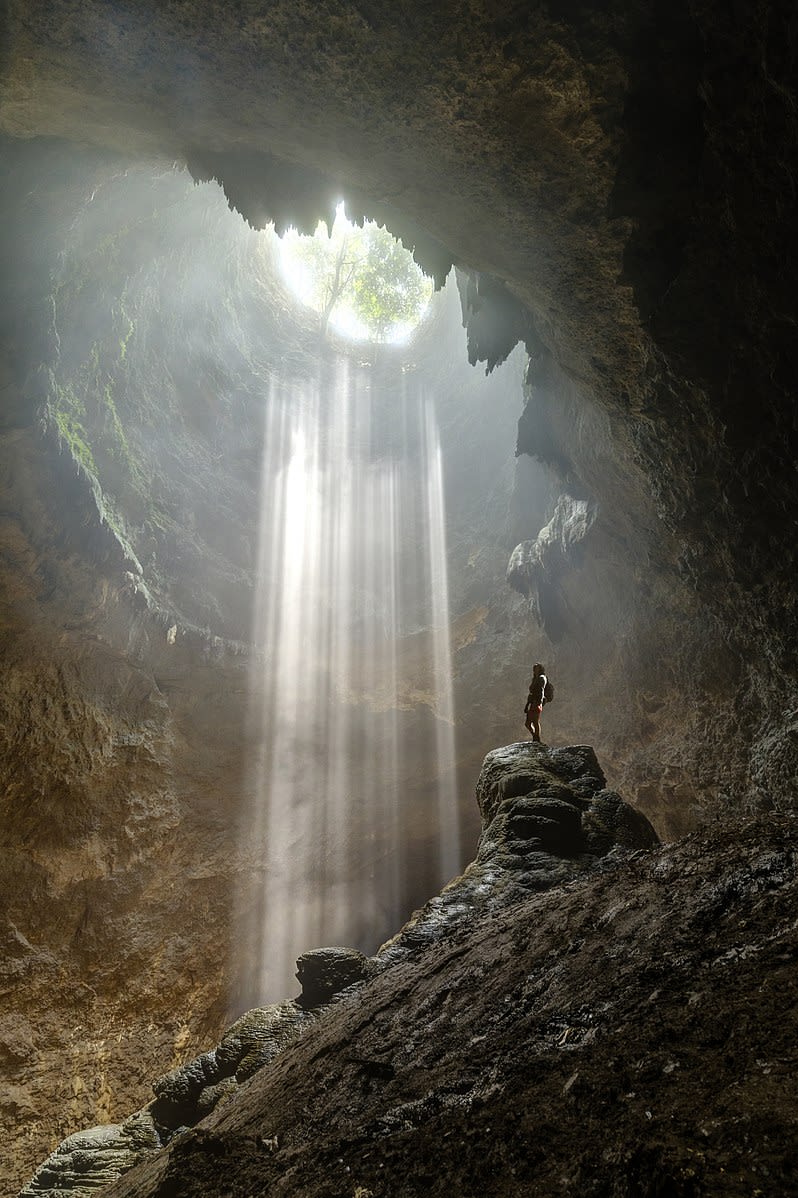
Unexplored, untapped and unmistakably fascinating, here’s a list of 7 unique caves in the world that will make you go…wow! Each cave in the list below has something unique to offer to its visitors and will make you think why you haven’t visited them yet…unless you already have, in which case, help us spread the word.
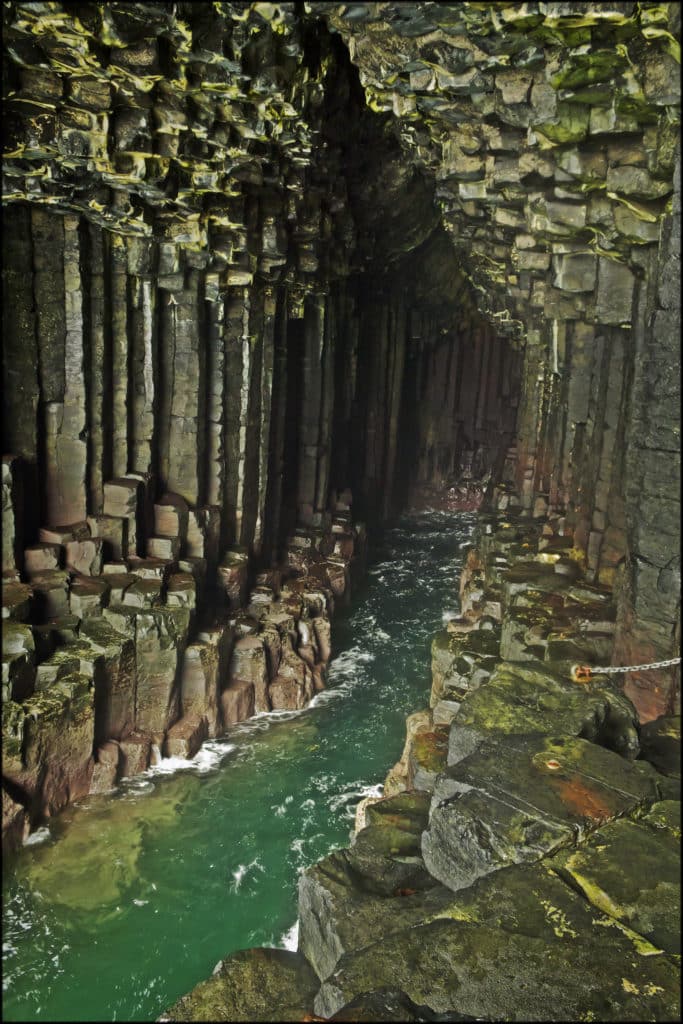
Fingal’s Cave, Scotland
Lodged on the uninhabited Isle of Staffa, Scotland – Fingal’s cave is 200 km West of Edinburgh. The cave is not the most accessible but a treat awaits for those willing to endure the journey. A train to Oban from Edinburgh, followed by a ferry to Craignure Mull, another train to Fionnphort, Post Office and finally a ferry ride, will get you to Fingal’s cave.
Fingal’s cave makes our shortlist of unique caves for it’s inherent geometric structure and natural acoustics! It is formed from hexagonal Paleocene basalt columns preceded by the cooling of solidified lava. The cave which is 69 m deep, and 20 m high, can be compared to a cathedral in terms of its arched structure and acoustic features.
The cave has hosted visitors like Sir Walter Scott, John Keats, William Turner, Queen Victoria and Prince Albert, Prince William of Orange, William Wordsworth, Jules Verne and Robert Louis Stevenson.
A word of caution would be to watch your step during high tide season. Even though Fingal’s cave can be explored solo, a guided tour is nicer to learn about the history of the cave.
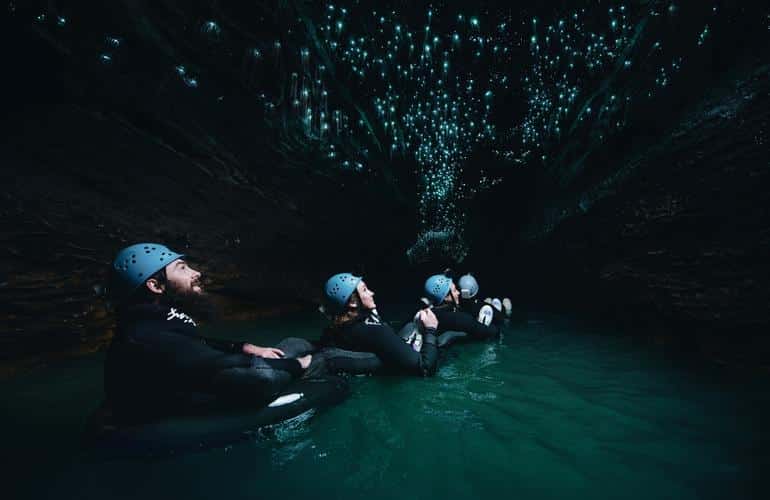
Waitomo glowworm caves, New Zealand
You don’t need to be a speologist to know that caves are almost always found in the middle of nowhere and outside city limits. The Waitomo caves are 200 kms South of Auckland, taking approximately 2.5 hours of your precious time, to reach by road. If you don’t have access to a car, InterCity operates daily buses from Auckland to Waitomo Caves, departing at 7:30 am.
Over the course of 30 million years, the region of Waitomo went from being underwater to resurfacing, resulting in formation of 300 known limestone caves, composed of fossilized corals, seashells and fish skeletons and small marine organisms on the sea beds.
Obviously, the most spectacular bit about the caves, which bring them to the list of unique caves, are the Arachnocampa luminosa or glowworms. The insects illuminate a blue-green bioluminescence during the larval stage, lighting up the cave like a galaxy of stars.
What’s more is that you can kick it back in a comfortable boat, with your family or friends, while you cruise through the cave.
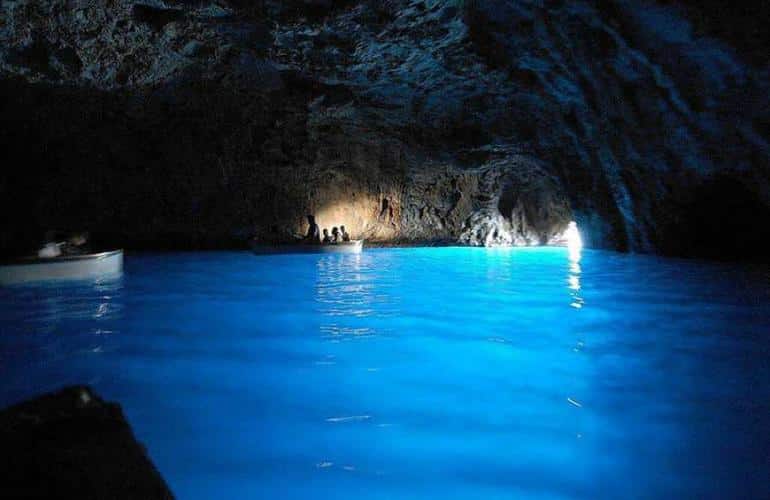
Blue Grotto, Italy
The postcard friendly Capri Islands in Italy shelters the world renowned Blue Grotto sea cave on it’s North-West coast. You can make your way to Capri from Italy fairly easily on a boat and that’s half the battle won. Once you’re on the island, a 10 minute boat ride from Marina Grande or a 15 minute bus ride from Anacapri will take you to your destination. Access to the cave itself is exclusive to boats and often tricky due to the narrow structure of the entrance.
The Blue Grotto’s alluringly blue appearance is a result of its unique combination of depth, breadth, water clarity and light source. The sea cave which is 50 m long and 150 m deep, is one of the unique caves because it gets it’s light from two sources. The narrowly arched entrance way and a gigantic aperture, approximately ten times as large, directly below it.
Remember that the Blue Grotto cannot be accessed without guided company.
Fun tip: make sure to dip your hand in the cave water to see it glow in the light.

Mammoth Cave, USA
The Mammoth Cave National Park in Kentucky is almost in the middle of two major US cities – Nashville and Louisville. 1 hr 30mins (North from Nashville and South from Louisville) by car, on Highway 65 will lead you to the cave.
The name of this American beauty gives away its most unique quality – the longest known cave system in the world – earning it a spot on our list of the most unique caves in the world. The UNESCO World Heritage site, is roughly 350 years old and is composed of limestone strata with a sandstone icing. The 139.2 km long cave is home to bats, insects, cave fish, cave shrimp and a few surface animals.
The National Park Service provides various grades of tours (depending on your fitness levels), with highlights that include the Grand Avenue, Frozen Niagara and Fat Man’s Misery.
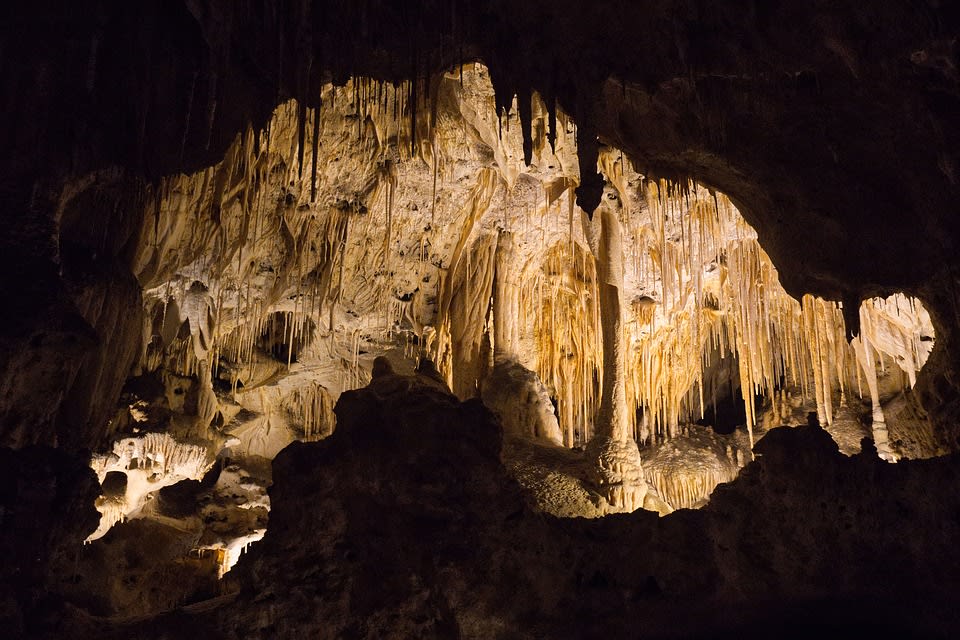
Carlsbad cavern, USA
The most visited cave in the world is situated in the Southern part of New Mexico, USA. The only route to access the cavern is via the Carlsbad Caverns Highway, North of US Highway 62/180 at White’s City, South-West of Carlsbad, New Mexico.
It’s difficult to find a more touristic and family friendly cave in the world. From ranger guided tours and self guided tours to surface hiking and night sky programs, the cave has it all! The Carlsbad cavern National Park provides RV parking and camping spots, with prior permission from the visitor center. Additionally, visitors can partake in free self-guided tours on public holidays such as Martin Luther Kind Day.
Fun tip: Visitors can also partake in bat flight viewing
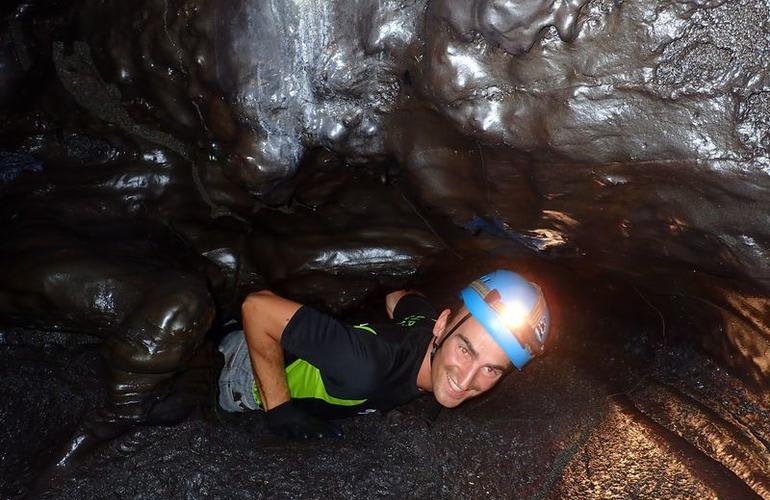
2004 Lava Tubes, Reunion Islands
Floating in the Indian Ocean, the Reunion Islands’ South East corner offers a unique caving experience in the 2004 Lava Tubes. Considering the small size of the island, it is convenient to navigate from coast to coast. The drive from Saint-Paul on the West coast to the Lava Tubes in the East can be covered in 1 hr 40 mins.
In layman terms, a lava cave is formed when lava with low cohesiveness, forms a hard crust and eventually thickens, above the already flowing lava stream. The Piton de la Fournaise is one of the most active volcanoes in the world at the moment and is the source for the lava in the 2004 lava tubes.
Depending on your physical capabilities, you could go for a sporty or semi-sporty option in the lava tubes. The guided excursion is not only recommended but it will inform you on the history of the caves along with other interesting tidbits.
To book your trip to the 2004 Lava Tubes and other information on the activity, visit our website.
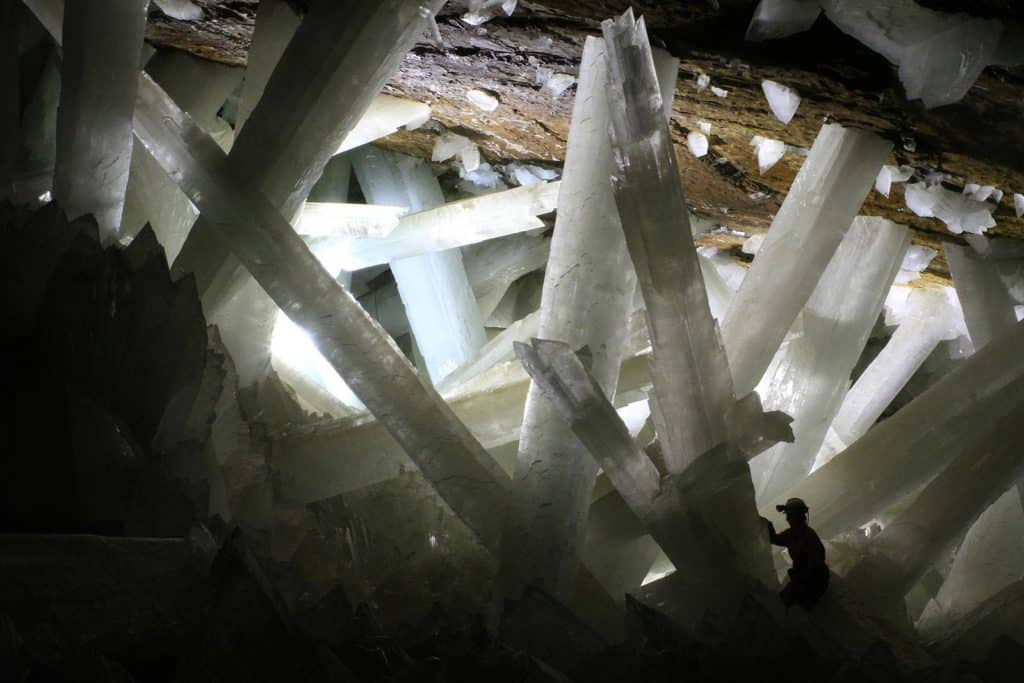
Giant Cave of Crystals, Mexico
The picture above makes it crystal clear why the Cave of Crystals in Mexico is called so…excuse the pun. The cave is 130 km South of Chihuahua, taking visitors less than 2 hours to get there by road.
For all the comic book fans, visiting the cave transports you to the world of Superman and the kryptonite crystals. The unmissable natural phenomenon is a result of the hydrated sulfate gypsum, crystallizing over the course of 500,000 years. The biggest crystal in the cave sits at 12 m long, 4 m in diameter and a whopping 50,000 kg heavy!
Unfortunately, one cannot visit the cave which is 10 m wide and 30 m long, without expert supervision. The temperatures can easily rise up to 50 degrees Celsius and 100% humidity, making this cave extremely deadly to explore.
- If you want further information on the sport of caving, be sure to check out our beginners guide on caving.
- If you want to book your next caving trip, check out all our caving activities on our website.